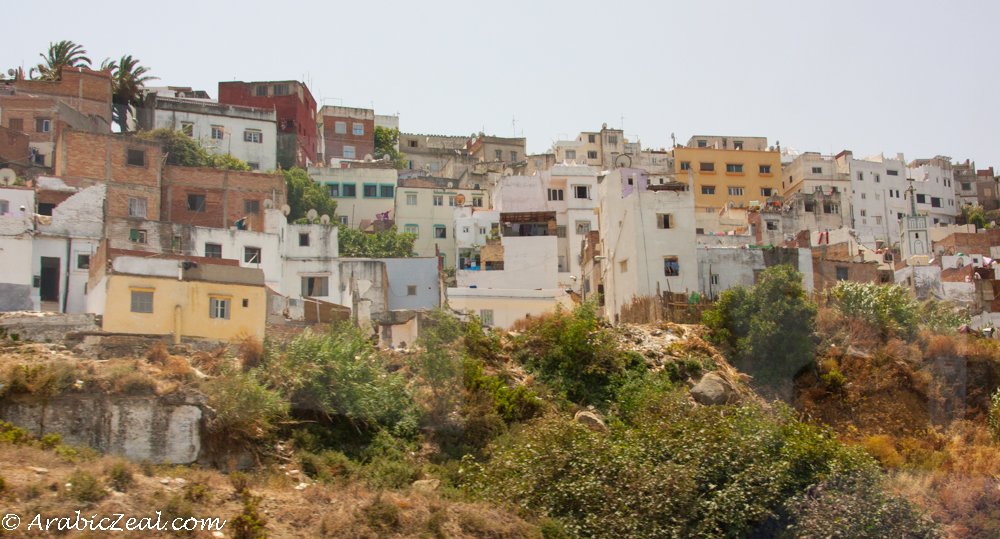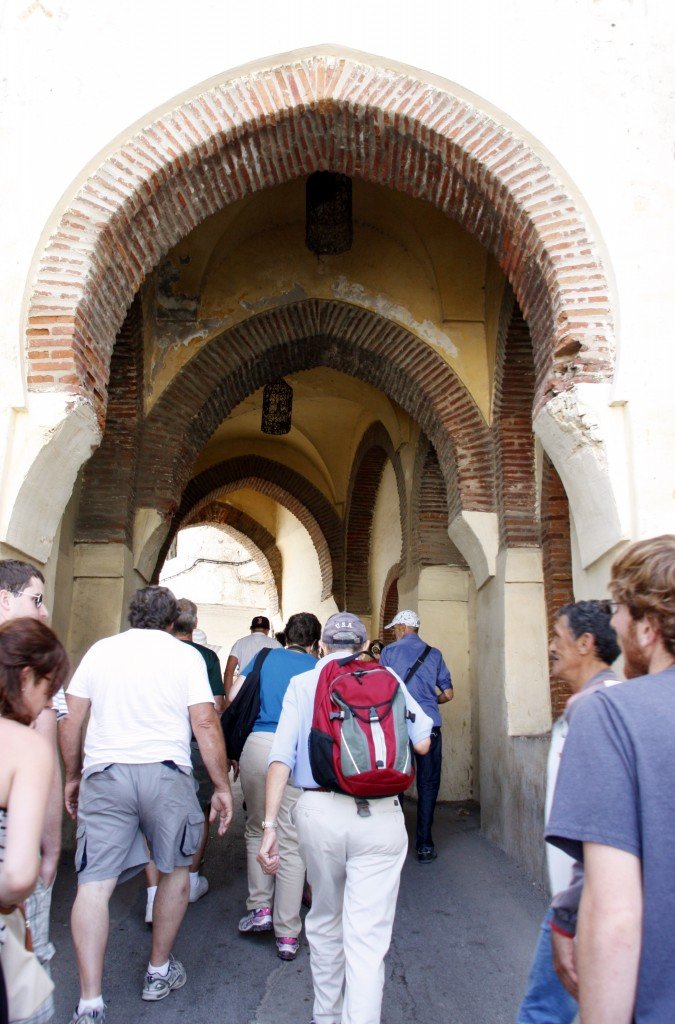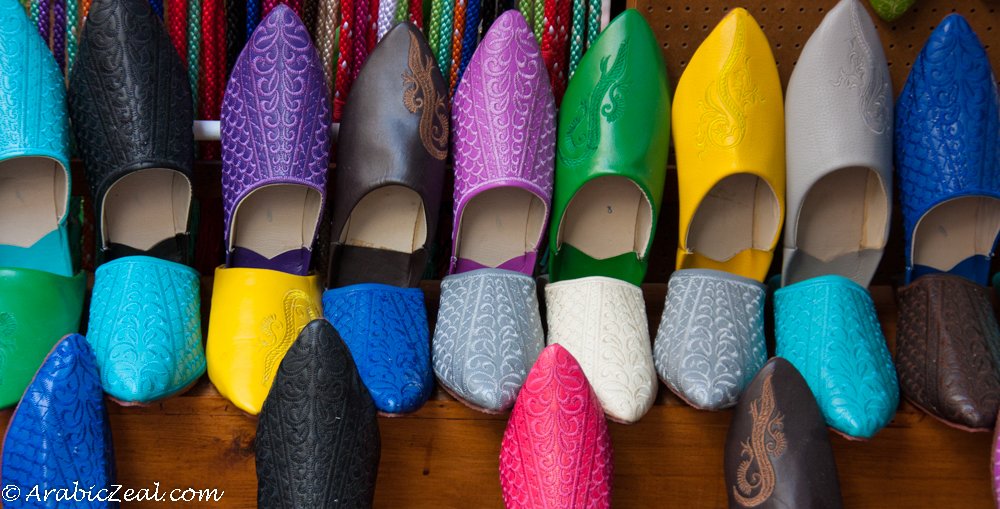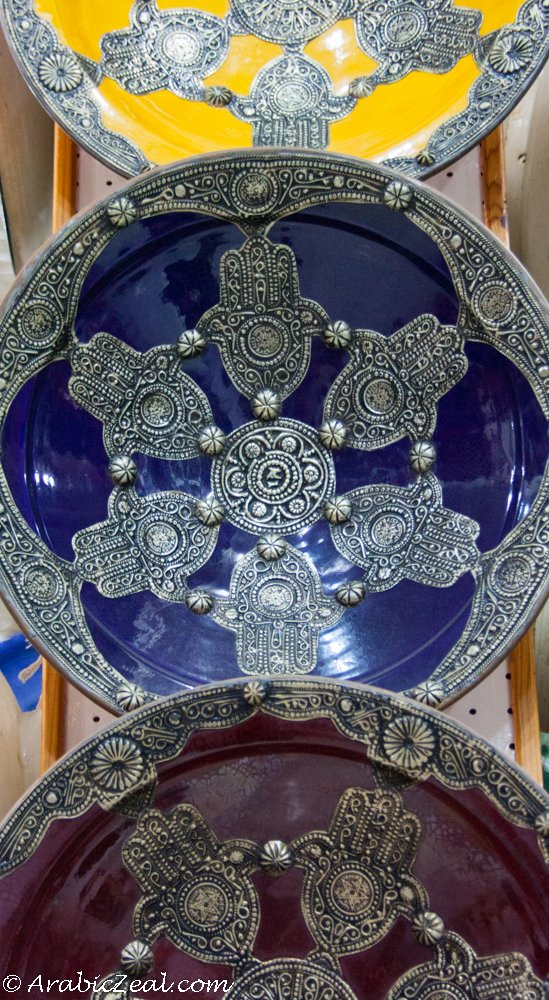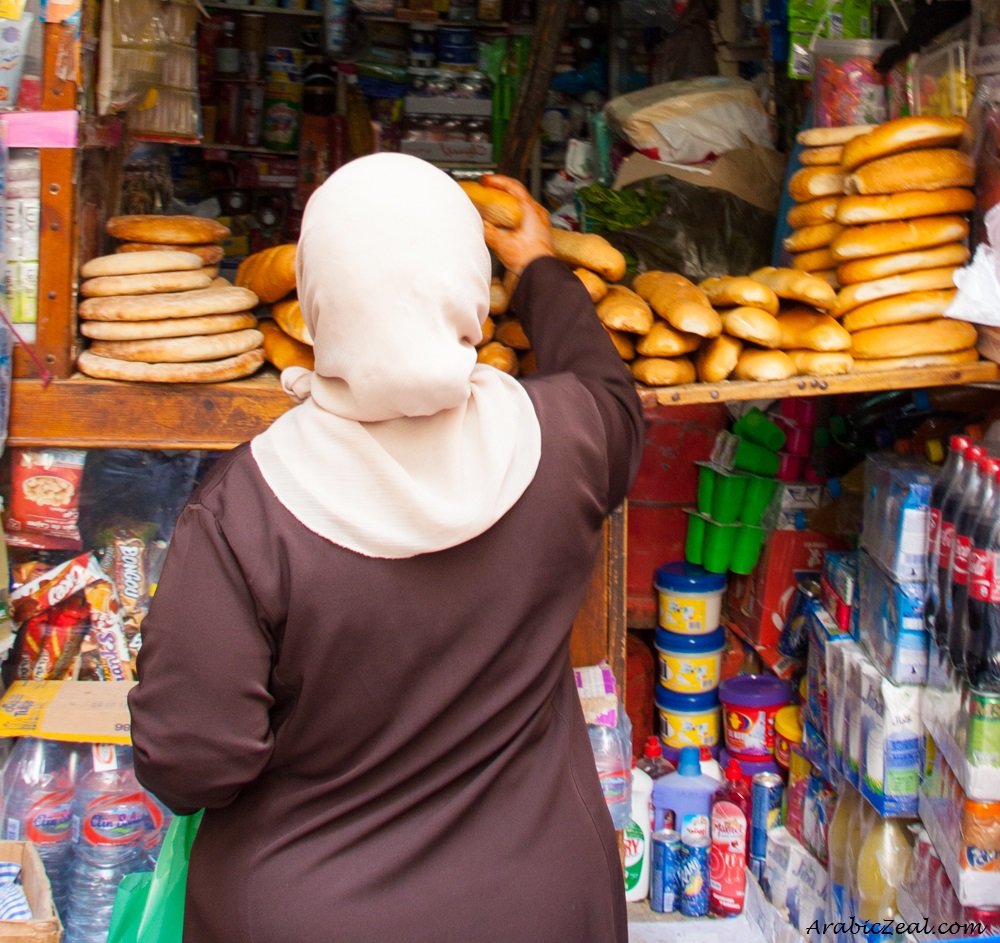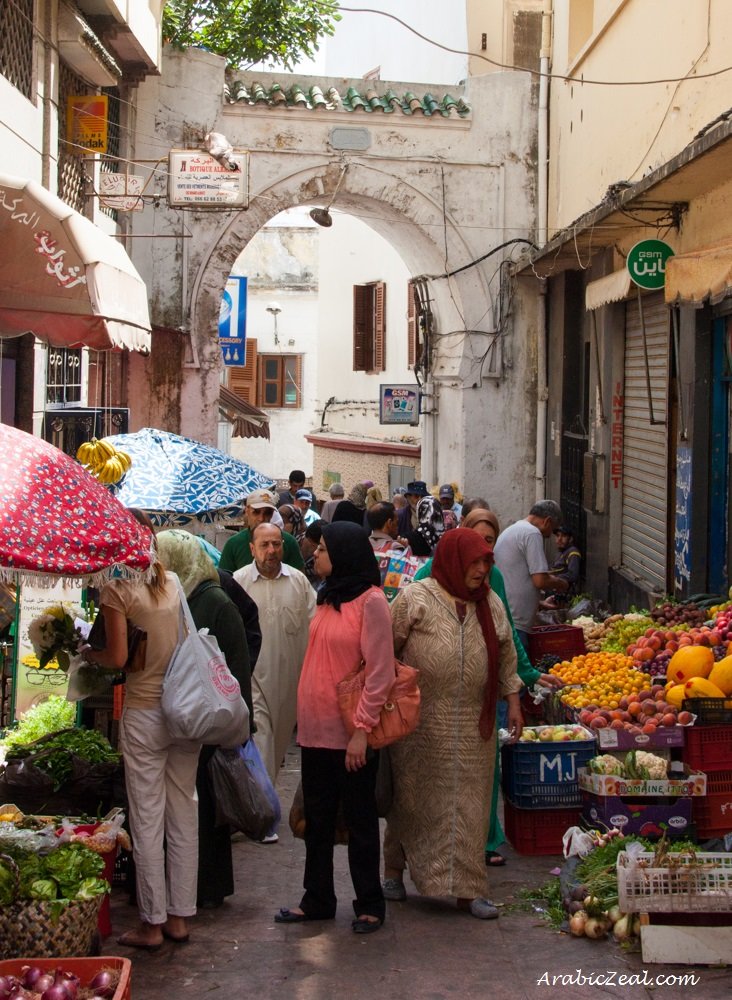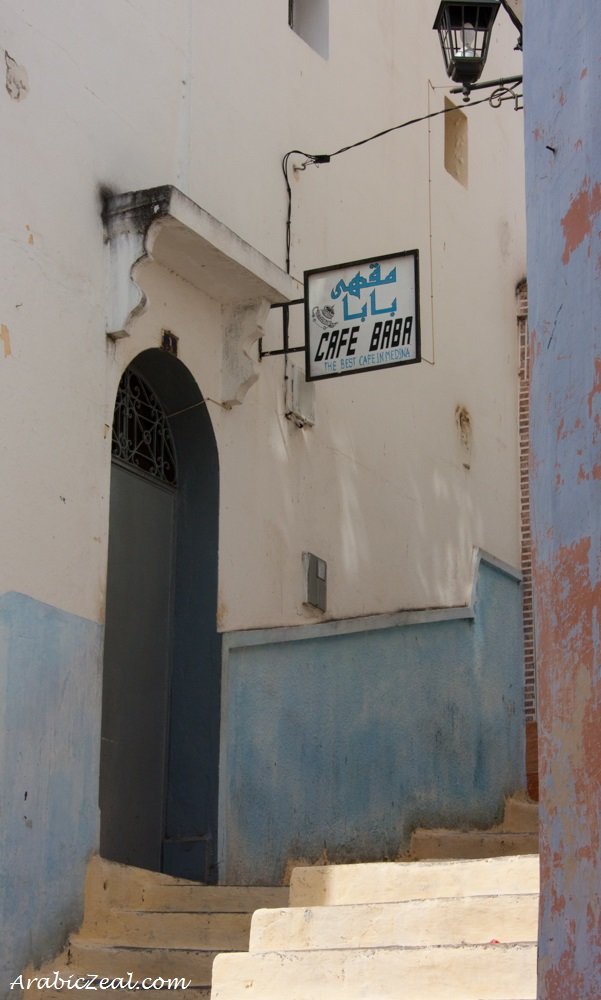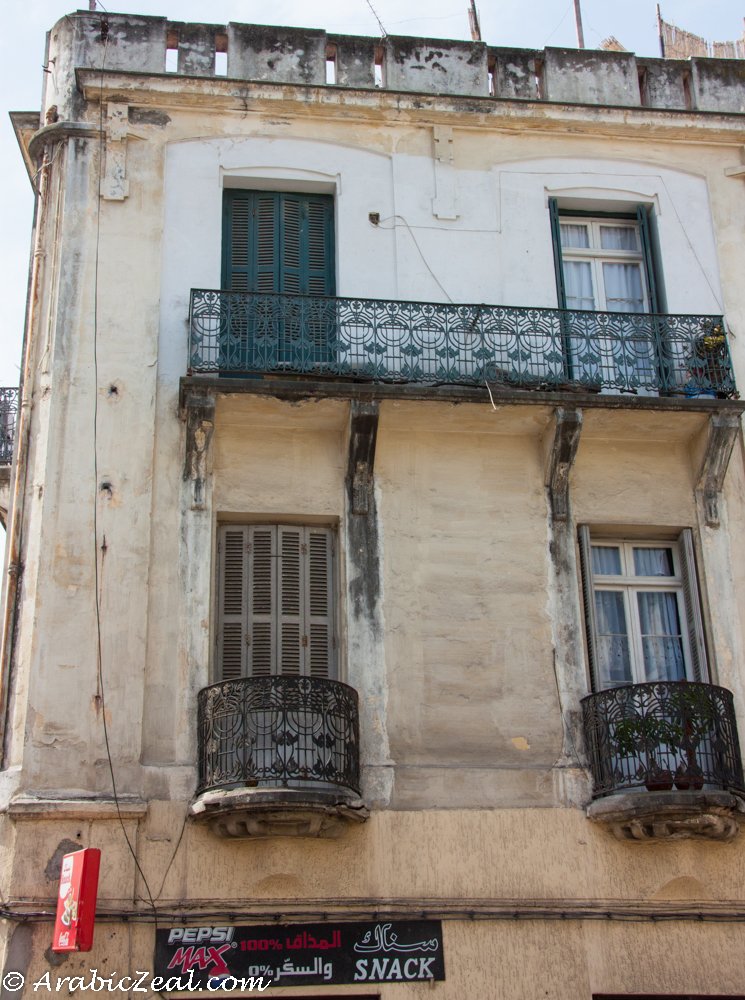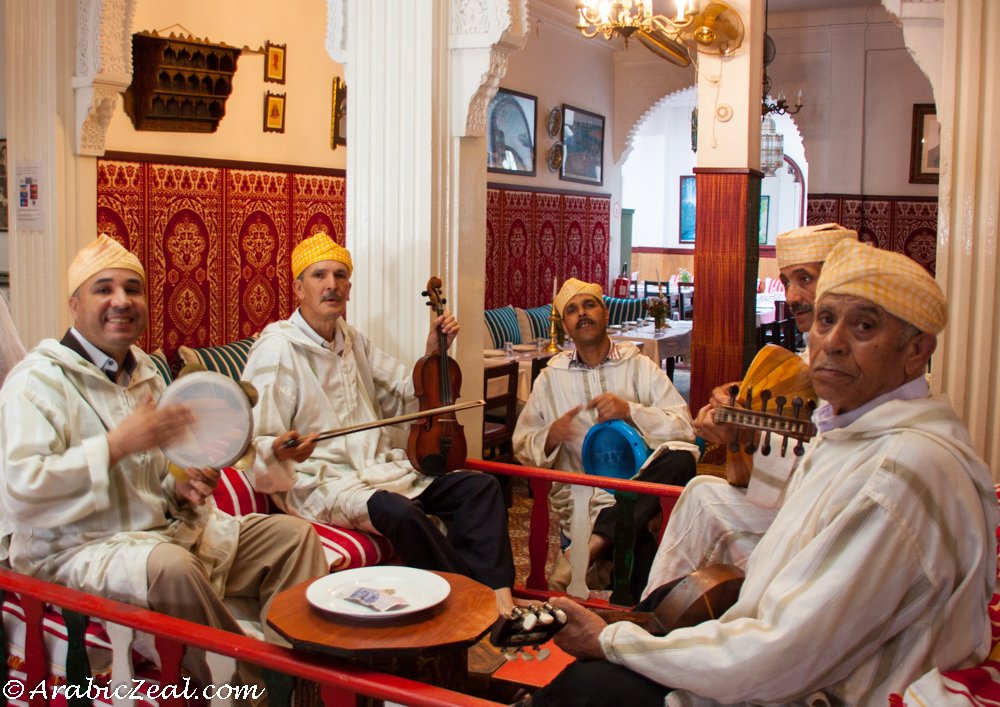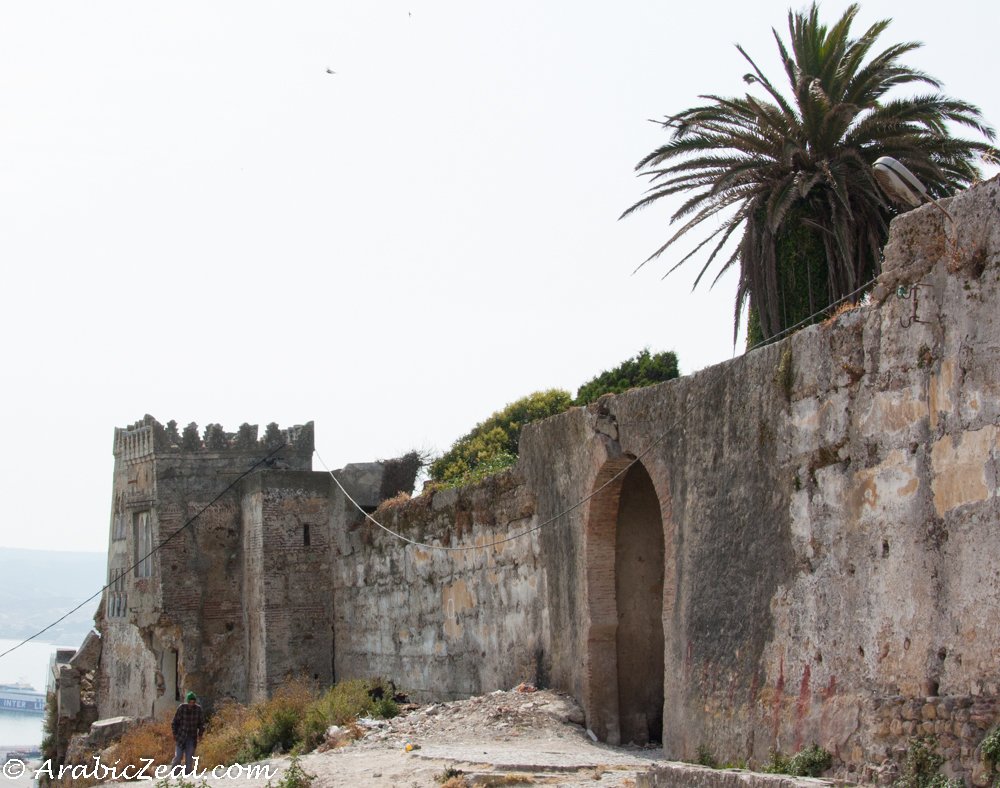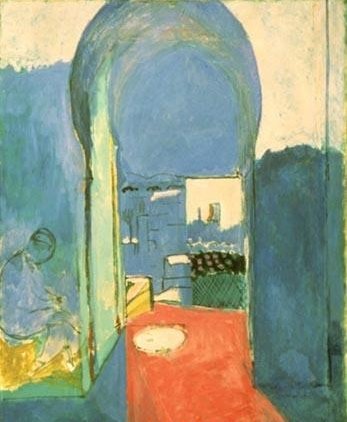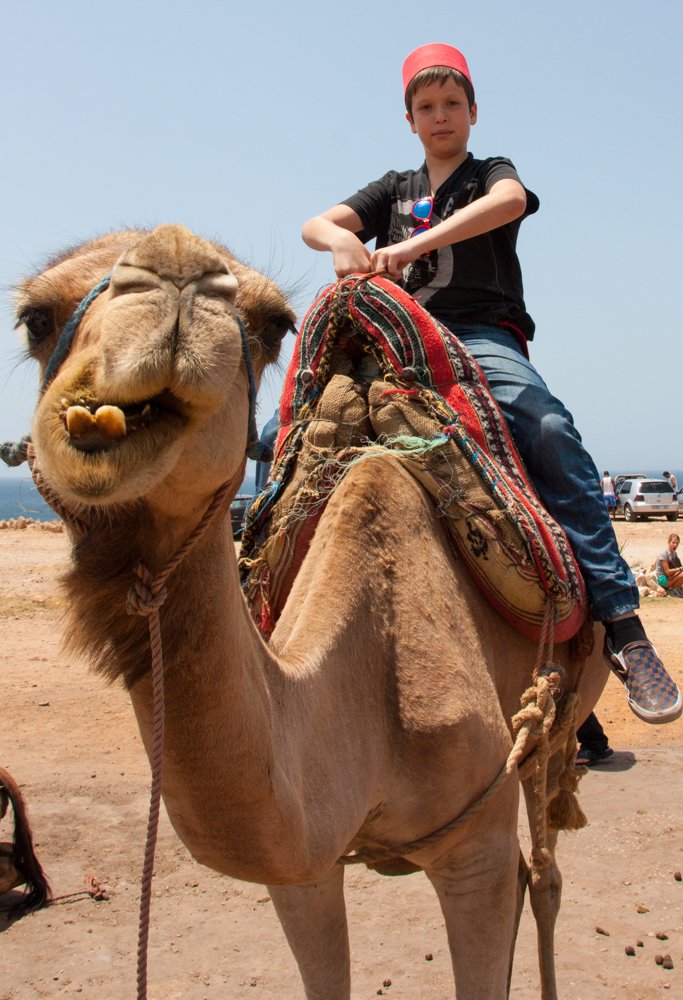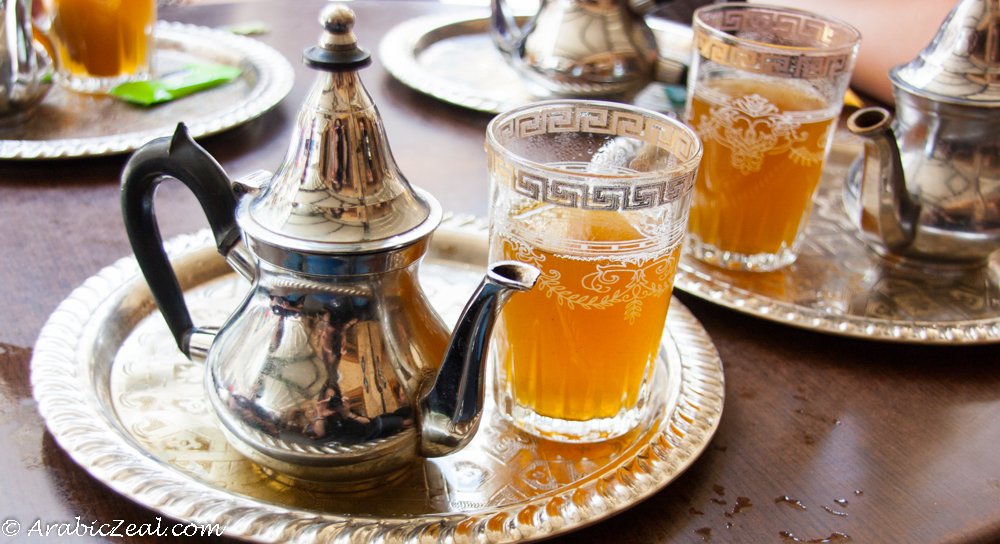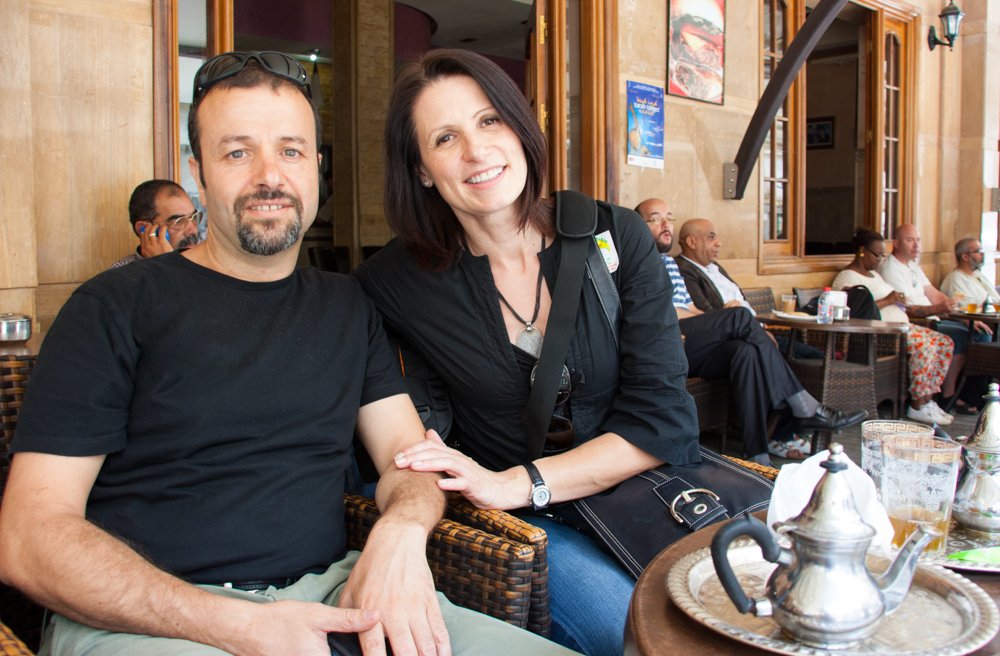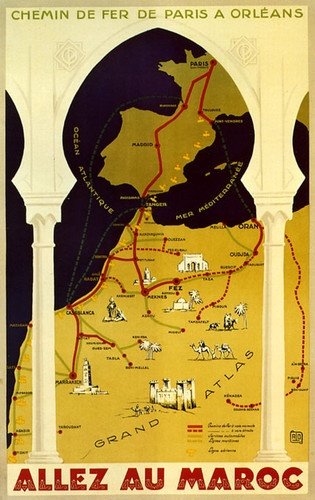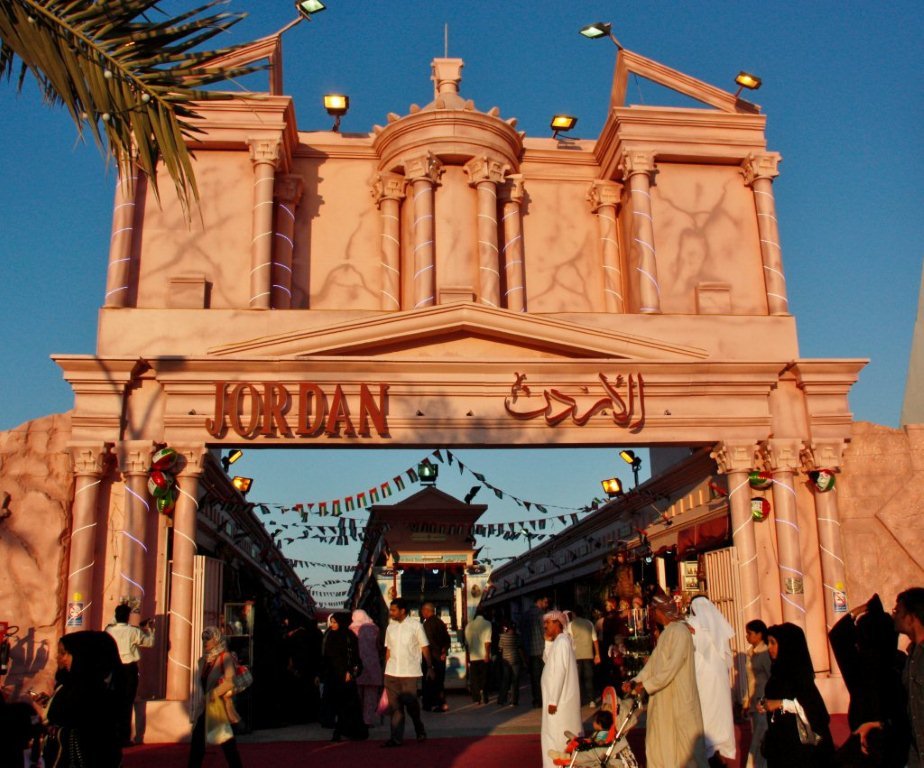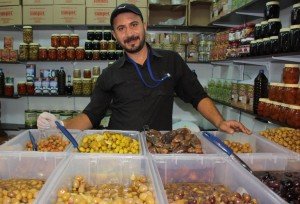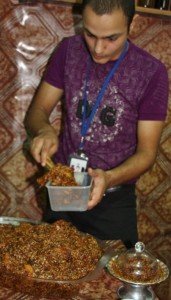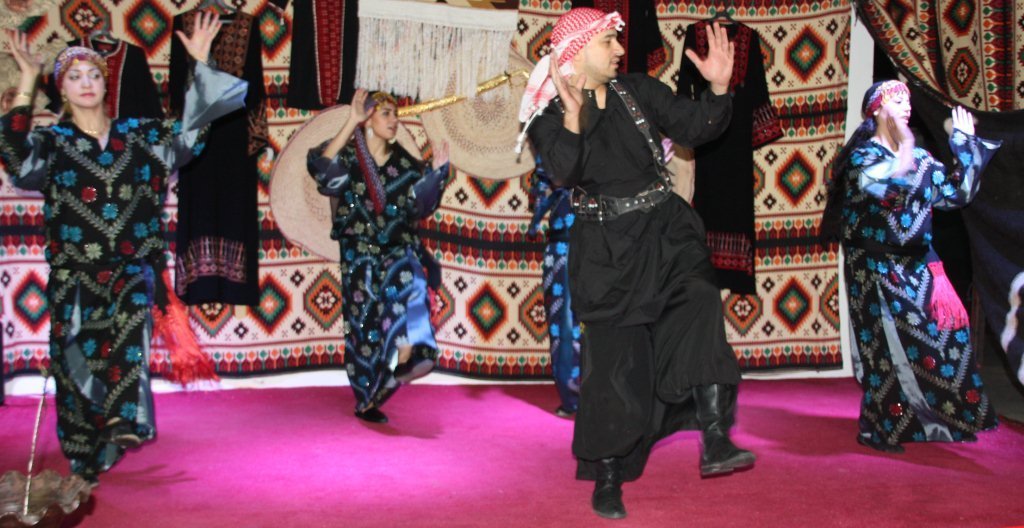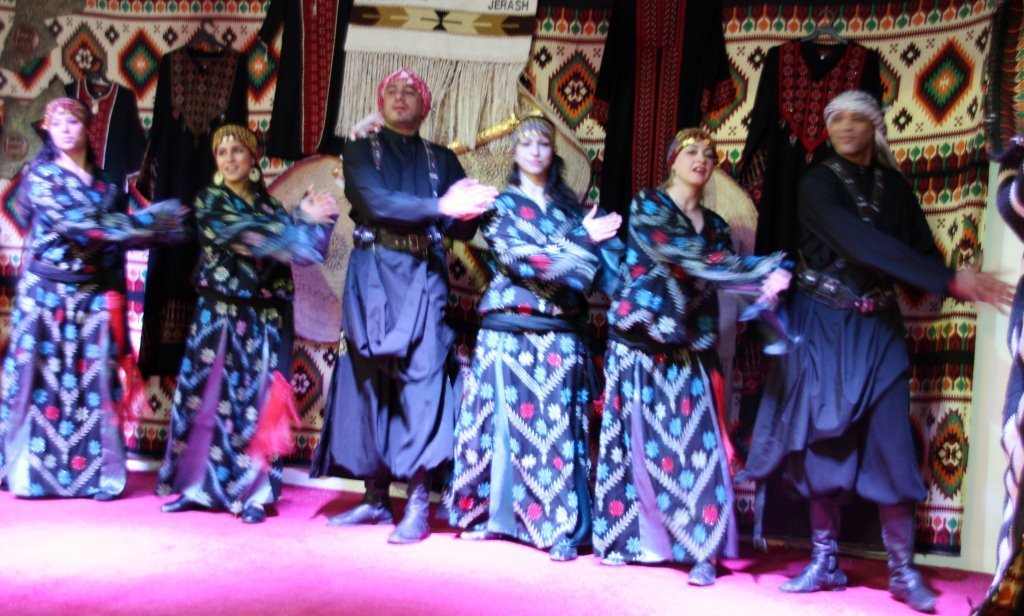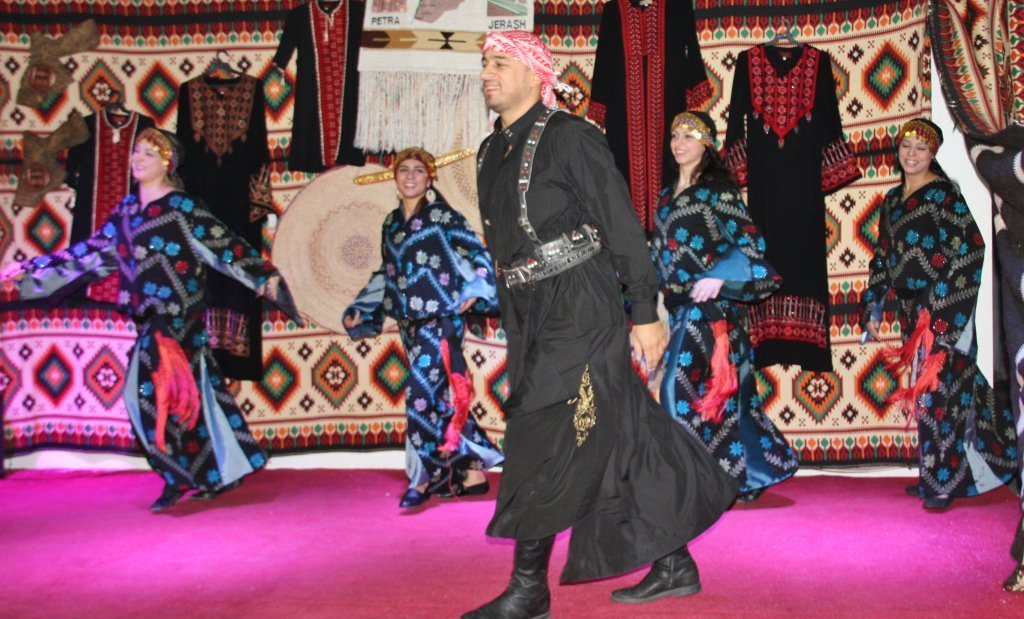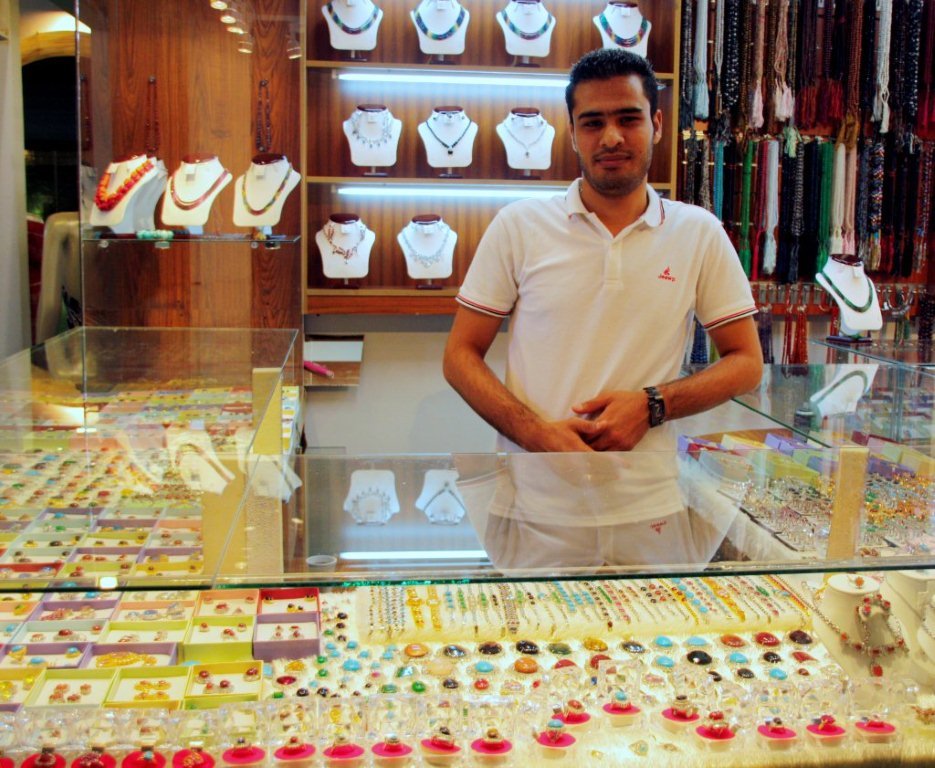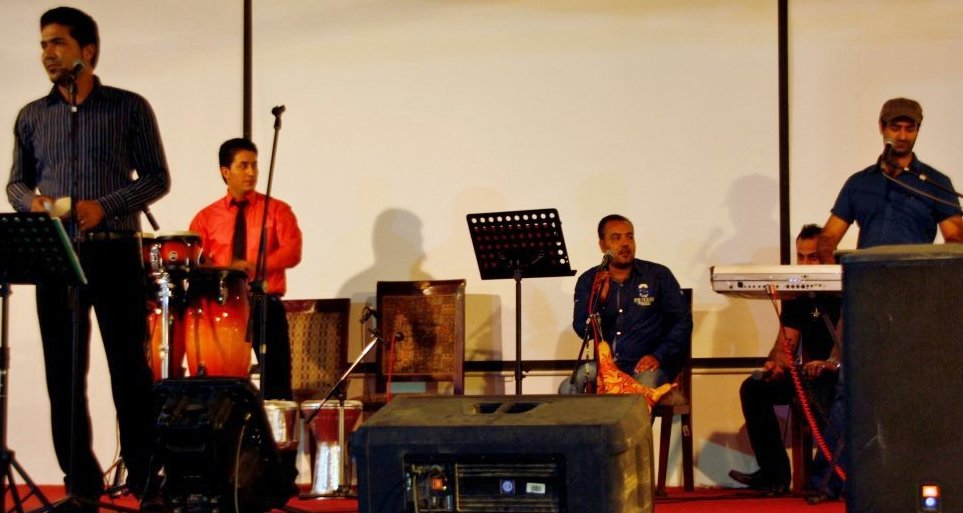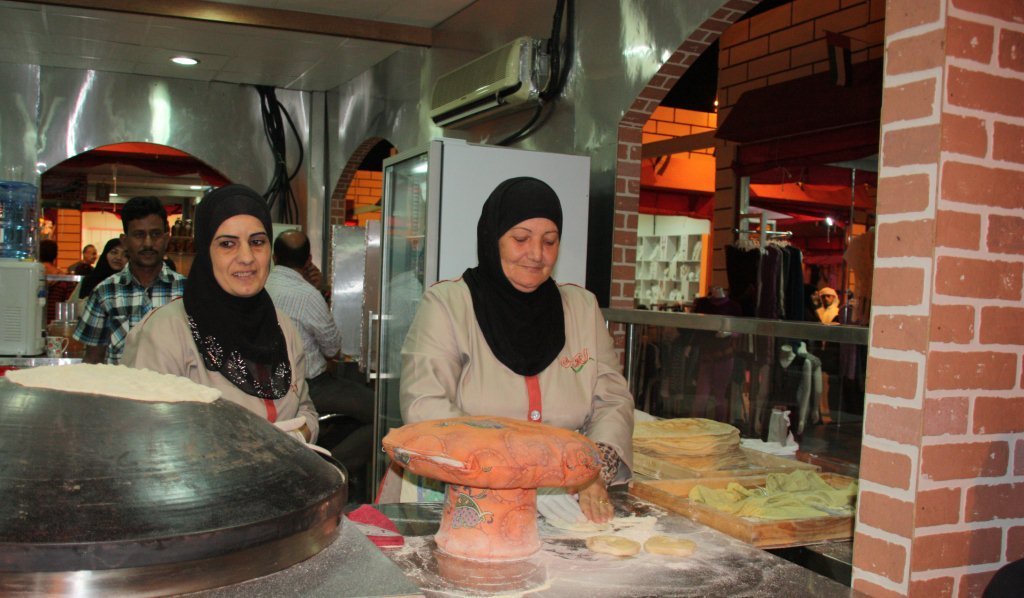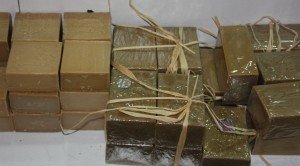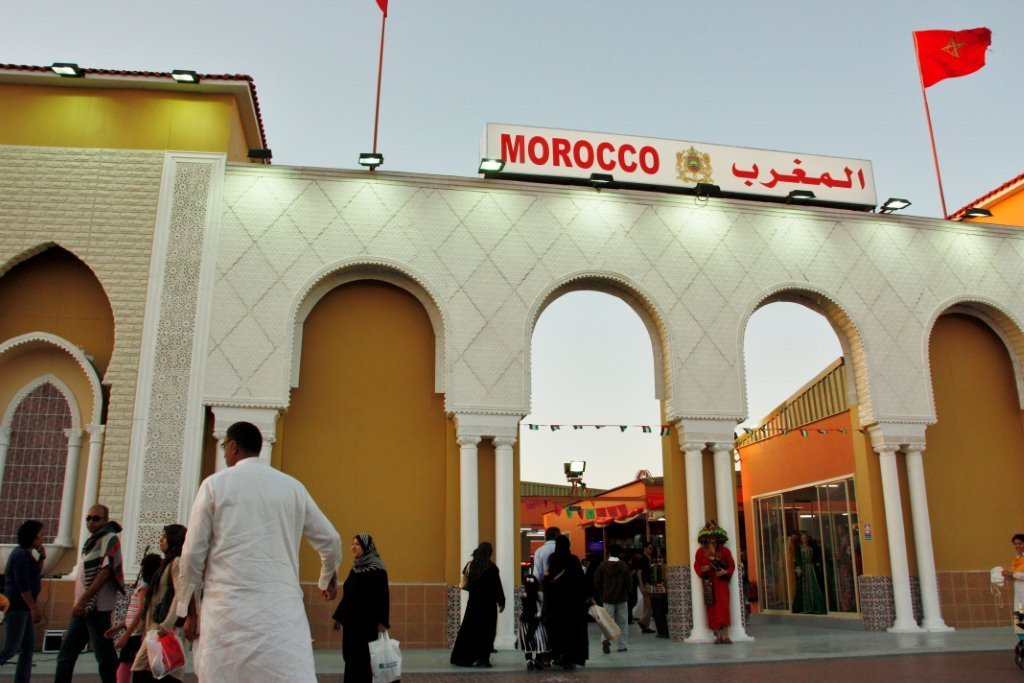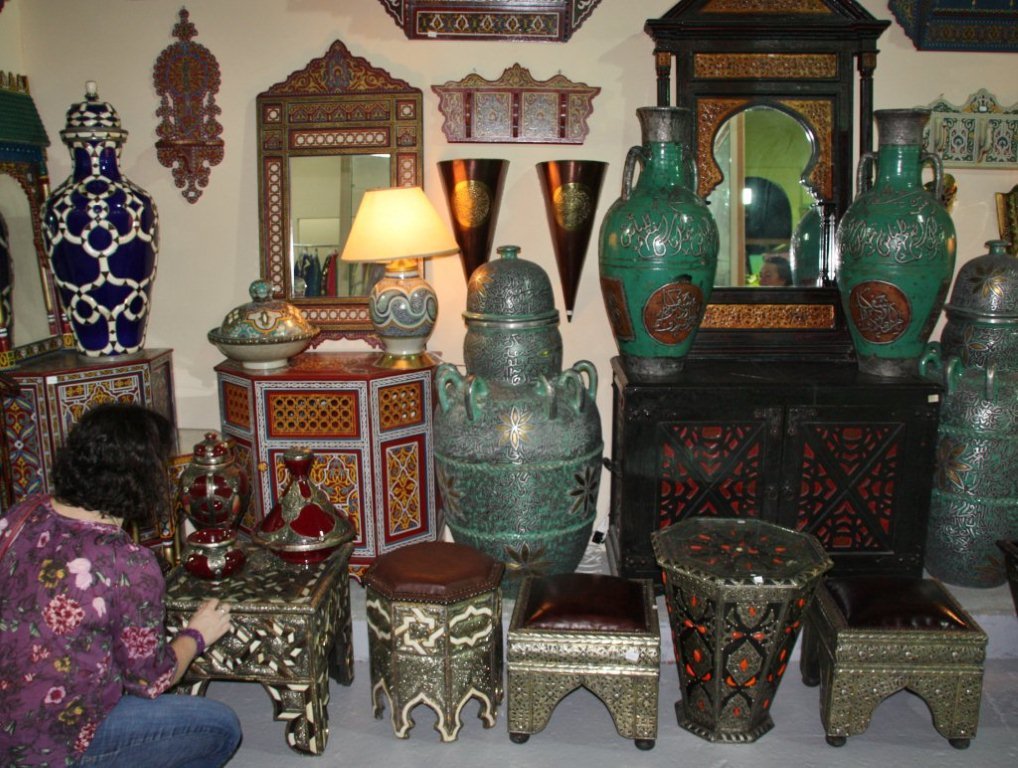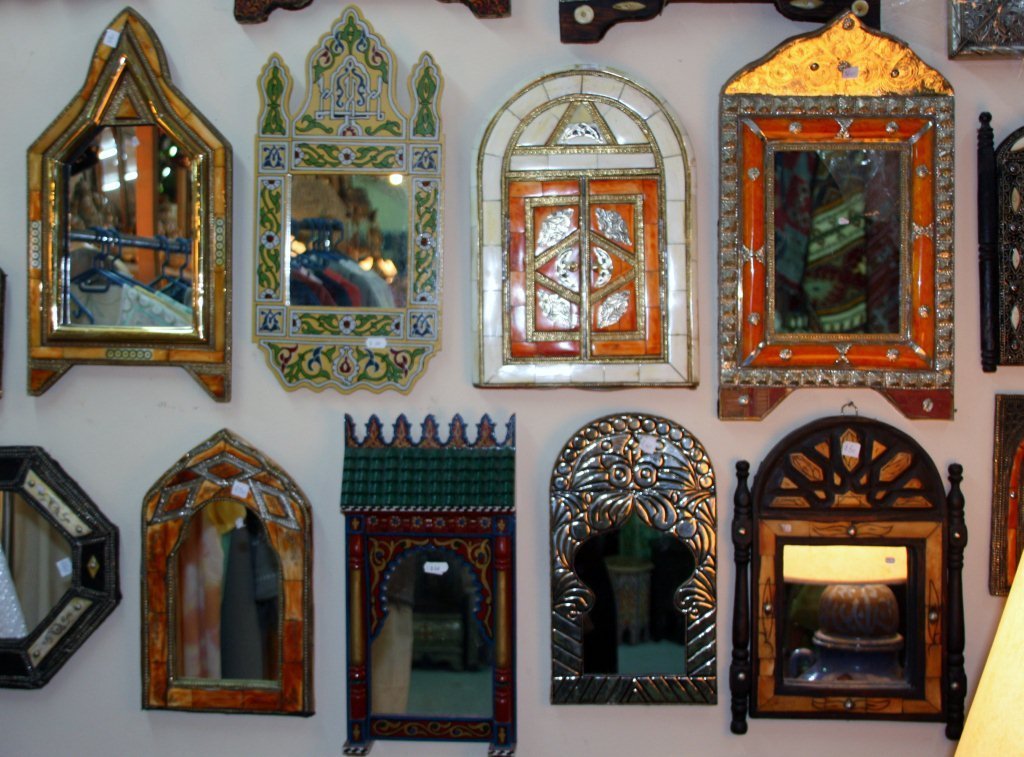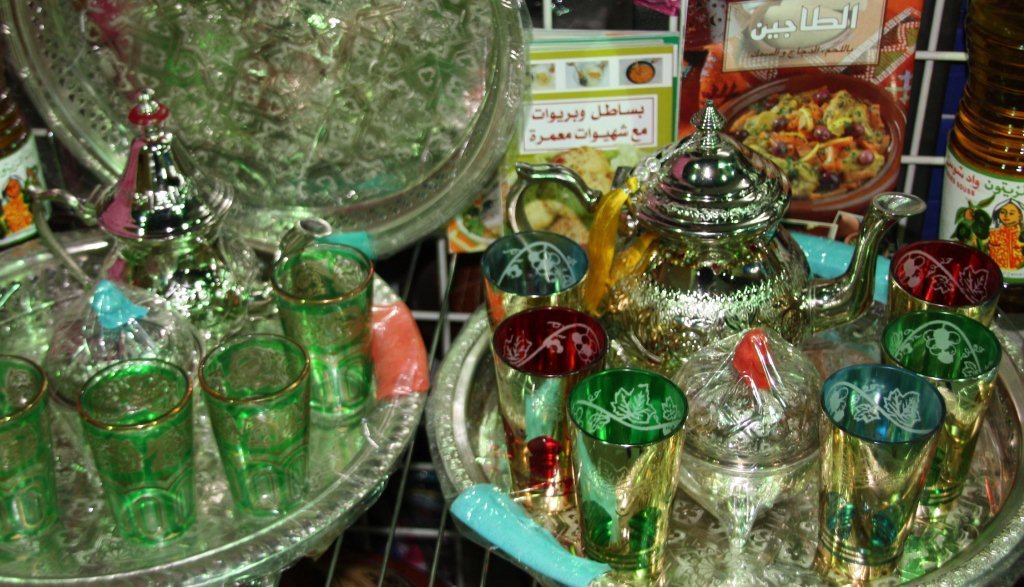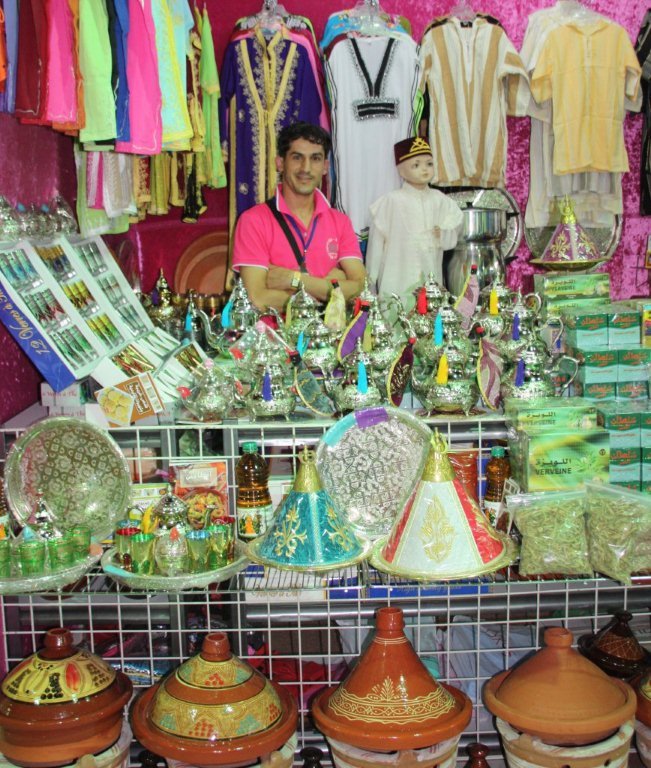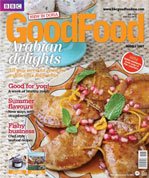Day Tripping in Tangier, Morocco
One of the highlights of my summer trip to Spain wasn’t in Spain at all, but rather during a day trip to Morocco. I had been to Morocco before, and I knew a ferry-ride-day-trip was not the ideal way to experience this colorful and exciting country. However, this is how many tourists get their glimpse of Morocco, and I wanted to experience it for myself.
Just a Ferry Ride Away
Jason Bourne did it. Hoards of tourist do it. Friends have done it. Finally it was my turn to take the ferry from Spain to Morocco.
Surprising to me, the ferry was not very different from taking a Washington State Ferry. The smell and feel of the boat were the same. Even the snacks were the same—submarine sandwich, potato chips and a muffin. It was a short ride, just an hour or so, and we were there. 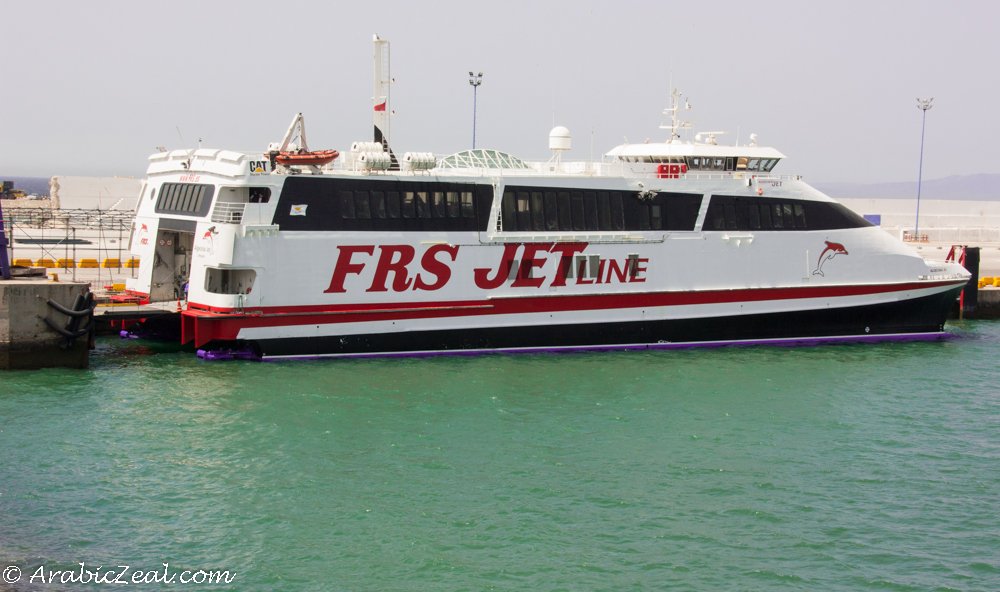
Tangier
Strategically located on the narrow strait the separates Africa from Europe, Tangier is considered the gateway to Africa, as well as Morocco’s face to the world. Throughout history, Tangier has been controlled by an almost endless string of kingdoms and empires. In past decades, Tangier has been a gathering spot for beatniks, artists and writers, as well as a destination for the international jet set.
Like most who visit Tangier by ferry, we did so with a group of tourists. We had a terrific guide, Mr. Hassan, a professor of history. He explained all about the Ville Nouvelle, the New City, and its glamorous heyday in the early 20th century. We got an overview of the city, the poorer areas, the wide boulevards, as well as the French Quarter and the Spanish neighborhood.
Even more exciting to me was the Medina, the walled old city. As soon as we approached the entrance, I got a chill up my spine and a skip in my step. How I love old Arab walled cities! And my husband and three children perked up as well, turning eager and absorbed in the sights around them.
Inside the medina, we walked down winding alleys, past intricate doors, bakeries, vegetable souks and enticing trinkets. I loved it all! I even got a kick out of the relentless street hustlers who would not leave us alone the entire day, as we couldn’t help but chat with them.
Exploring the Medina
We were only in the Medina for an afternoon, but there was much to explore. For example, I stumbled upon this Café Baba, which I found out later was founded in 1943 and was a hippy hangout in the 1970s.
Here is the street where Jason Bourne, played by Matt Damon, jumped from rooftop to rooftop in the film The Bourne Ultimatum.
Finally, we had a terrific meal at Restaurant Hamadi. We ate harira soup, kebabs, and couscous. The setting was sumptuous and we were entertained by live musicians.
The Kasbah
Within the Medina is the Kasbah, the medieval part of the city. Located behind stout walls, the Kasbah is on the highest point of the city with a scenic overlook toward the Strait of Gibraltar.
Famous People Connected to Tangier
Here a just a few:
Ibn Battuta
Born in 1304 in the bustling port city of Tangier, Ibn Battuta was the greatest traveler of the medieval ages. He traversed most of the known world at that time, spending 30 years crisscrossing the Muslim World. He carefully documented his journeys, which can be read in Travels of Ibn Battutah, written by Ibn Battuta himself (edited by Tim Mackintosh).
Here in Dubai, Ibn Battuta is especially famous, as we have a shopping mall named after him, the Ibn Battuta Mall. The six courts of the mall are named after the various places he traveled: China, Persia, Andalucía, Egypt, India, and Tunisia.
You can read more about Ibn Battuta’s travels in Travels with a Tangerine by Tim Mackintosh.
Henri Matisse
Of the many artists who passed through Tangier, Henri Matisse is perhaps the most famous. This French impressionist called Tangier a ‘painter’s paradise.” He completed dozens of canvases and sketches during his time in Tangier.
According to our tour guide, Henri Matisse was particularly inspired by this green door to a mosque, which served as a subject for his work. 
Paul Bowles
 An American author, Paul Bowles is one of the best known foreign writers who lived in and wrote about Tangier. He is most known for his book The Sheltering Sky, written in 1949 and later made into a film. His other works include Let It Come Down (1952), a thriller set in Tangier, as well as The Spider’s House set in 1950s Fèz. Paul Bowles died in Tangier at the age of 88.
An American author, Paul Bowles is one of the best known foreign writers who lived in and wrote about Tangier. He is most known for his book The Sheltering Sky, written in 1949 and later made into a film. His other works include Let It Come Down (1952), a thriller set in Tangier, as well as The Spider’s House set in 1950s Fèz. Paul Bowles died in Tangier at the age of 88.
A Terrific Tangier Day
I can understand how Tangier has inspired so many. Meanwhile, our day in the city was a memorable one. We visited a lot of touristy sites on our tour, and I would have preferred more time wandering the Medina. Still, it was a terrific day, and there was something exciting for everyone, including my youngest son.
As for me, the day wasn’t complete without Moroccan mint tea.
Our family spent a leisurely time partaking in Tangier’s café culture. Here are the two of us, my Palestinian husband and I enjoying the moment.
I found Tangier to be worn-out but friendly, rough around the edges, but full of secrets, both quaint and cosmopolitan. Not typically Moroccan, nor European, nor even African, Tangier is a cultural mix of all three. These were just my first impressions. I look forward to visiting Tangier again, and exploring more.
Question: What is your favorite city in Morocco?


